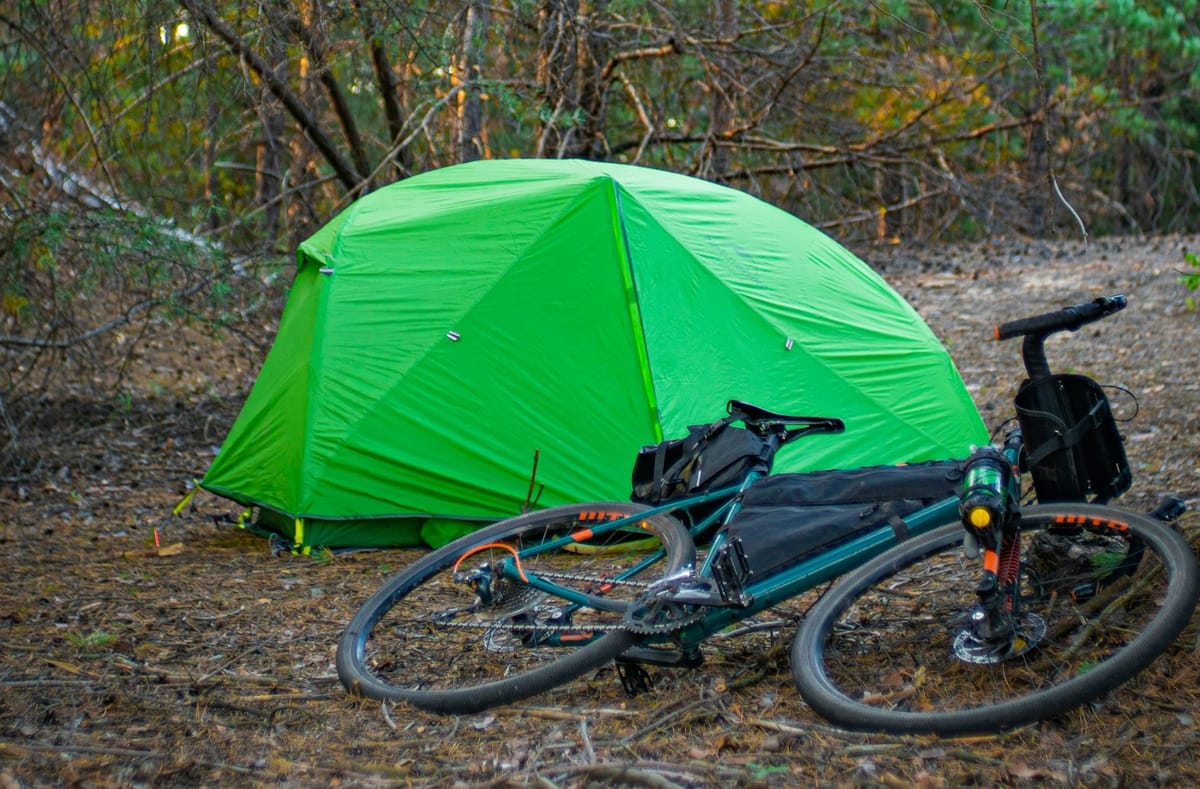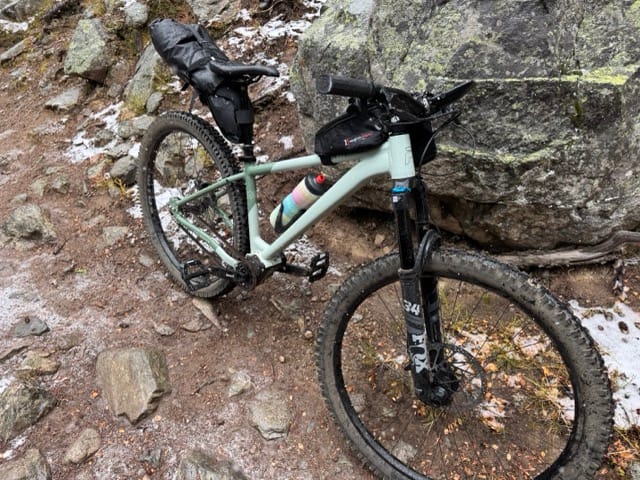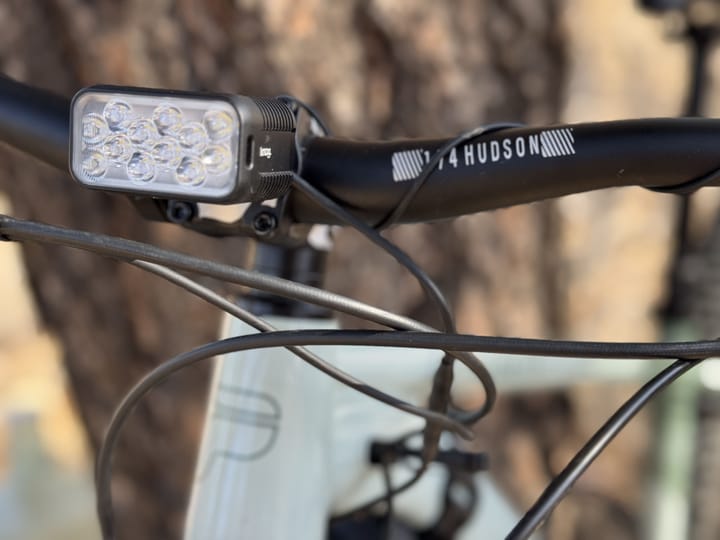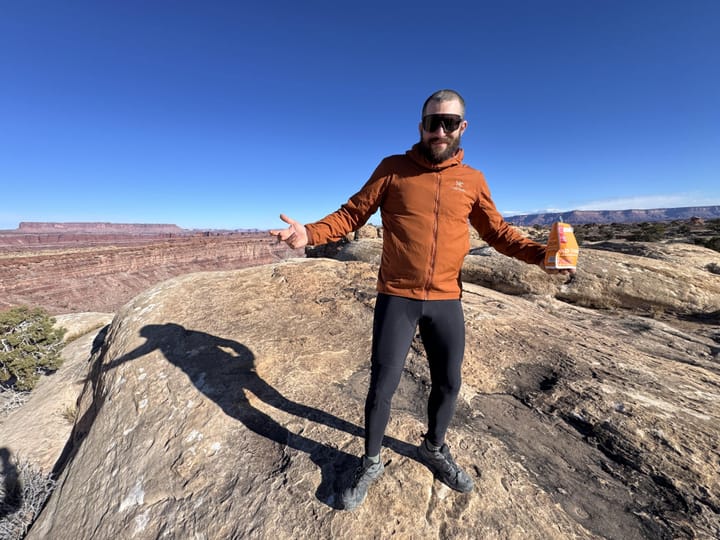What Shelter Is Best For Bikepacking?

Spoiler alert: there is no such thing as the best! It's all situational. In this entry we'll go over
Pyramid Shelters
Pyramid shelters offer the most versatility, the most space, and generally the best weather resistance of all shelters. The major trade off is that most pyramid shelters are floor-less. It's easy to get around this by adding a ground cloth but unseasoned campers may be leery of this type of set up. It's also best in climates where there are no bugs as you will not have protection from insects. A bug bivy is a good option that will give you a waterproof floor and bug protection.
We love pyramid shelters because they're super light and spacious while also providing a shelter for your bike. This can make packing up in the mornings nice and simple.

Freestanding
Freestanding tents are designed to be self-supported meaning you don't have to stake them out in order to set them up. This can be ideal when terrain is variable and potentially difficult to use stakes. In areas where you have a lot of rock, such as southwestern and southeastern Utah, a freestanding tent could be a good choice. In general they're a little bit heavier because they need more structure but they are a hassle free tent option.

Non Free-Standing
This is the most popular style of tent and you see them just about everywhere. All the major tent makers utilize this structure for their most popular tents, from Big Agnes and Nemo Equipment to the more niche brands. To set up these tents you stake out your corners and then insert the pole or poles. Once the poles get inserted you've got a structure that will be plenty storm worthy and comfortable while remaining lightweight.
Freestanding tents typically need to have their poles extend to each corner of the tent as well as have a crossing point. This adds weight and bulk. Non-freestanding tents do not need to do this.
There are rare occasions when this style of tent would not be sufficient. If you do find yourself in a scenario where you can not stake out one or more areas of the tent you can always get creative by utilizing terrain features such as rocks, trees, or even tie your tent off to your bike.

Trekking Pole/Vertical Pole Supported
Looking to the backpacking world and their weight saving designs you have the Trekking Pole supported tents. These tents are designed with the assumption that you're already carrying poles with you so why bother to bring a tent that needs its own set of poles? This is an ingenious weight saving design which also looks to a tent that can be packed into smaller or tighter spaces in your pack because there is nothing rigid in the setup.
These tents are Non-freestanding and they set up fairly simply though it does take some time to get used to them. They are quite storm worthy when set up properly. These tents are the absolute pinnacle of lightweight with many shelters weighing under a pound. Several manufacturers of these tents offer the option for their own vertical pole sets that can be used in lieu of trekking poles. You can even find some that use just ONE pole for even more weight savings. Our top pick is the TarpTent Aeon Li, an absolute marvel of tent engineering that weighs just one pound.

Another terrific quality of some of these tents is the ability to leave your vestibule door flat in order to fight into tight spaces.
Dyneema Vs Silnylon/Polyester
Dyneema fabric, formerly known as Cuben fiber, has been gaining marketshare over standard tent fabrics for a long time now. Thanks to manufacturers like Hyperlite Mountain Gear, Dyneema has become one of the most popular choices for tents and backpacks. So what's the big deal? Without going into the technical mumbo jumbo we'll give you the bullet points.
Dyneema fabric does not absorb water or stretch. Sagging tents due to rain or simple condensation is a thing of the past with Dyneema. Once you achieve a taught pitch you can forget about it. It's also incredibly lightweight. While we can't give a percentage over standard fabrics there is a reason that all of the lightest weight tents use this fabric.
So what are the downsides to Dyneema compared to SilNylon or SilPoly tents? Well, generally, the tents cost double or even more. If you're looking at a $300 dollar tent and there is a Dyneema option, you can expect to spend $600 or more on it.
Pack size is another consideration that is even more important for bikepackers to consider. Dyneema tents do not compress. At all. While your tent is going to be a lot lighter it's also going to be larger.




Comments ()